Hey there! Ever catch a tiny brown speck on your cheek and wonder, “Is that a freckle or a mole?” You’re definitely not the only one. Most of us have stared at our skin in the mirror and felt a flash of confusion—plus a little worry about what it might mean. Good news: the answer isn’t a mystery reserved for dermatologists only. In the next few minutes you’ll get the straight‑up facts, a handy side‑by‑side table, and exactly when you should pick up the phone for a professional check‑up. Let’s dive in, shall we?
What Are Freckles?
Freckles, scientifically called ephelides, are those petite, flat brown dots that love to show up on sun‑kissed skin. They’re not a disease; they’re simply a natural response to ultraviolet (UV) light.
Causes (freckles causes)
- Sun exposure: When UV rays hit the skin, melanocytes (the cells that make pigment) crank up melanin production in tiny patches. That extra melanin is what makes a freckle appear darker.
- Genetics: If your parents have a smattering of freckles, you probably inherited the trait. People with fair skin, red or blonde hair are the most common “freckle‑prone” crowd.
There are two main types you’ll hear about:
- Ephelides: The classic, seasonal freckles that become more vivid in summer and fade in winter.
- Lentigines (age spots or sun‑exposure spots): These are larger, often appear later in life, and are a sign of long‑term UV damage.
Freckles are always flat, usually 1‑3 mm in diameter, and they tend to appear in clusters on the face, shoulders, arms, and sometimes the upper back. Because they’re just extra melanin, they never turn into skin cancer. However, a sea of freckles can be a useful clue that your skin gets a lot of sun—and that’s a risk factor for skin cancer, so they’re a good reminder to protect yourself.
Quick tip: If you notice a freckle getting dramatically darker after a beach day, it’s simply the sun doing its thing. Re‑apply sunscreen and you’ll see it calm down over the next weeks.
What Are Moles?
Moles, or nevi, are a bit more varied. In medical terms, a mole is a cluster of melanocytes that have grouped together under the skin. They can be flat or raised, and they come in a rainbow of colors—from brown to black, pink, blue, even gray.
Why do we get them?
- Genetics: If your family has many moles, odds are you will too. Congenital nevi are present at birth.
- Sun exposure: UV light can stimulate new mole formation, especially during childhood and teenage years.
- Hormonal changes: Pregnancy, puberty, and even certain medications can cause existing moles to darken or enlarge.
There are several mole types you might spot:
- Common (acquired) nevi: Small, usually harmless, appear in early life.
- Congenital nevi: Larger spots you’re born with; they carry a slightly higher melanoma risk if they’re very big.
- Atypical (dysplastic) nevi: Irregular borders or colors; they need monitoring.
- Spitz nevi: Often pink or reddish and can look alarming, but most are benign.
The biggest thing to remember about moles is that while most are harmless, a few can become cancerous. That’s why dermatologists teach us the ABCDE rule for spotting warning signs (more on that later).
Side‑by‑Side Comparison
Seeing the differences in a quick table can save you a lot of guesswork. Below is a compact cheat‑sheet you can keep on your phone or print out for the next bathroom mirror check.
| Feature | Freckles | Moles |
|---|---|---|
| Elevation | Flat | Flat or raised |
| Size | 1‑3 mm, often many | 1 mm‑several cm, solitary or grouped |
| Color | Brown‑tan, uniform | Brown, black, pink, blue, gray; may be variegated |
| Cause | UV‑induced melanin increase (genetic factor) | Clustered melanocytes (genetic + UV) |
| Cancer risk | None (but UV exposure marker) | Small % can become melanoma; watch ABCDE |
| Typical locations | Sun‑exposed skin: face, arms, shoulders, upper back | Anywhere; common on back, chest, limbs |
Keep this table handy. If a spot matches the “freckles” column, you’re likely dealing with harmless pigmentation. If it lines up with “moles,” especially the raised or multi‑colored side, give it a little extra attention.
When to See a Doctor
Not all spots need a biopsy, but certain red flags scream “let’s get this checked.” Below is a short, actionable checklist you can run through whenever you notice a new or changing spot.
- Asymmetry: One half looks different from the other.
- Border irregularities: Edges are ragged, blurred, or notched.
- Color variation: Shades of tan, brown, black, blue, or white appear together.
- Diameter larger than 6 mm: Roughly the size of a pencil eraser.
- Evolution: Any change in size, shape, color, or sensation (itching, bleeding).
If any of the above apply, schedule a dermatology appointment ASAP. A skin‑cancer‑qualified dermatologist will usually perform a dermatoscopic exam and, if needed, a quick biopsy—most of the time it’s a painless, office‑based procedure.
Even if a spot looks fine but you simply can’t stop worrying, it’s okay to get a professional opinion. Peace of mind is priceless.
Caring for Your Skin After the Diagnosis
Whether you’ve learned you have a cluster of harmless freckles or a mole that needs monitoring, the best defense is a solid skin‑care routine. Here’s what works for most people.
Sun‑Protection (Sun‑Exposure Spots Awareness)
- Apply a broad‑spectrum SPF 30‑50 sunscreen every morning. Reapply every two hours when outdoors.
- Seek shade between 10 am and 4 pm—the peak UV window.
- Wear wide‑brim hats, UV‑protective sunglasses, and long‑sleeve shirts when you can.
Topical Treatments
- For freckles: Hydroquinone or azelaic acid can lighten stubborn spots over weeks. Retinoids also boost cell turnover.
- After mole removal: Gentle silicone gels or vitamin E ointments help minimize scarring.
Professional Options
If aesthetics matter to you:
- Intense Pulsed Light (IPL) or laser therapy works wonders on clusters of freckles—see SpotCheck Clinic for a real‑world example.
- Mole removal can be done via excisional surgery, shave removal, or radio‑frequency ablation—choose a board‑certified dermatologist for the safest outcome.
Monitoring Plan
Do a quick self‑exam once a month for the first six months after any change, then schedule an annual full‑body check‑up with your dermatologist. Write down any new spots, changes, or symptoms to share during appointments.
Lifestyle Boosters
- Eat a diet rich in antioxidants—berries, leafy greens, nuts.
- Stay hydrated; healthy skin reflects overall wellness.
- Limit tanning beds. They are basically concentrated UV bombs.
Wrapping It Up
To recap: freckles are flat, sun‑driven pigment patches that never become cancerous, while moles are clusters of melanocytes that can be flat or raised and occasionally signal a risk for melanoma. Knowing the visual and tactile clues—thanks to our side‑by‑side table—lets you distinguish them in seconds. Keep an eye on any spot that follows the ABCDE rule, protect your skin every day, and don’t hesitate to see a dermatologist if something feels off.
Now that you’ve got the low‑down, you can look at your skin with confidence rather than confusion. If you’ve ever missed a spot because you thought it was “just a freckle,” give this guide a quick glance next time you’re in front of the mirror. Got a story about a freckle‑to‑mole mystery? Share it in the comments—let’s learn from each other! And if you’d like a printable self‑exam checklist, click the button below to download it for free.

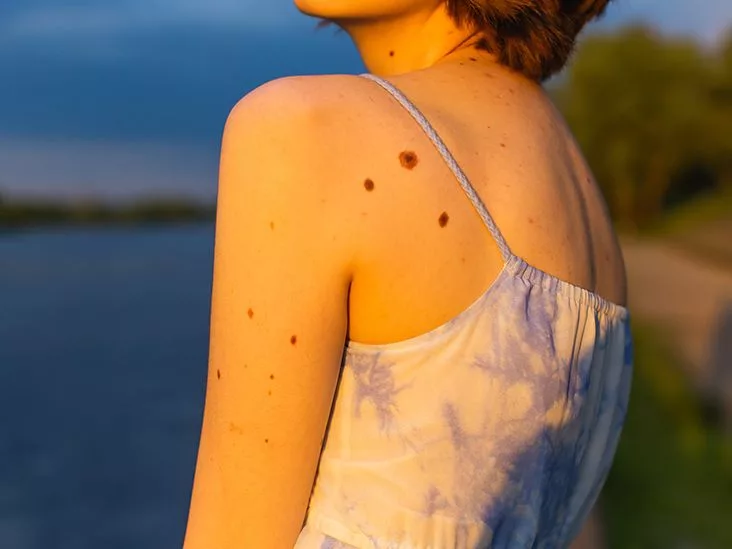
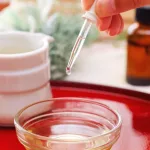

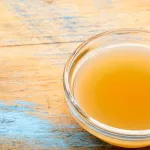









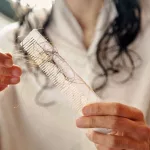


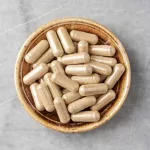
Leave a Reply
You must be logged in to post a comment.